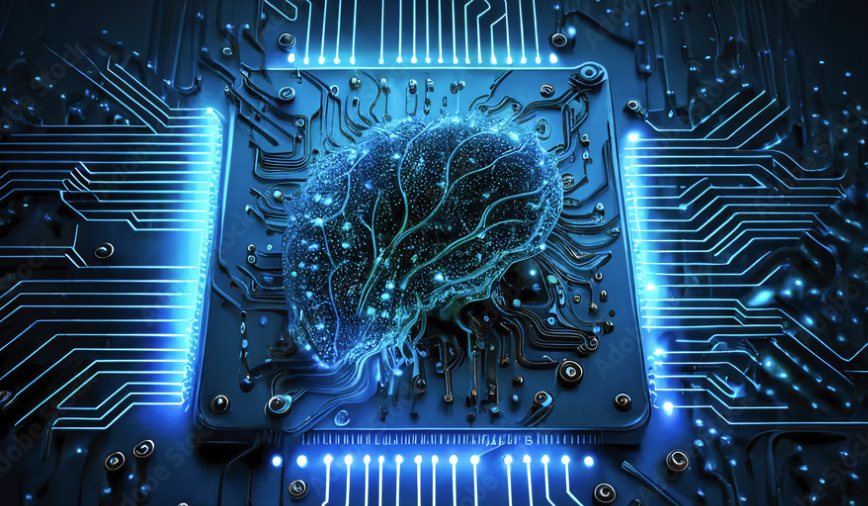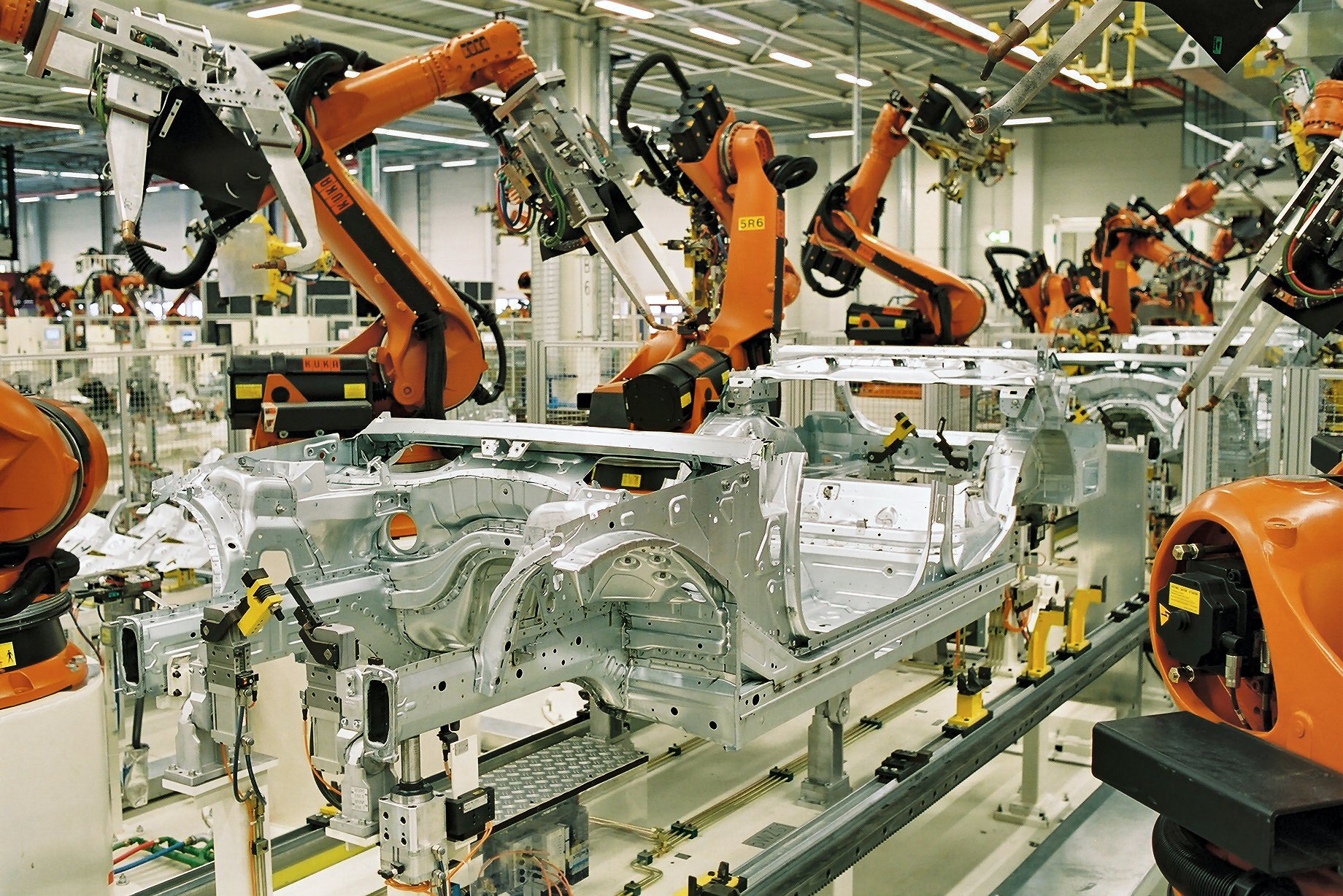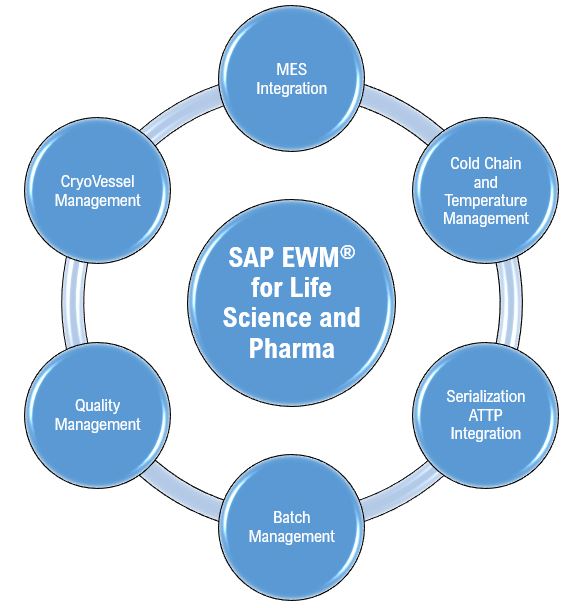A deep dive into the architecture that powers ChatGPT, Claude, and every major AI breakthrough—from the basic building blocks to cutting-edge optimizations
Imagine you’re trying to understand a complex sentence like “The programmer who wrote the code that crashed the server last night finally fixed the bug.” Your brain doesn’t process this word by word in isolation—it constantly references back and forth, connecting “programmer” to “wrote,” “code” to “crashed,” and “finally fixed” to “bug.” This dynamic, interconnected understanding is exactly what transformers brought to artificial intelligence for the first time.
Since Google’s revolutionary 2017 paper “Attention Is All You Need” [1] accumulated over 90,500 citations, transformers haven’t just dominated AI—they’ve continuously evolved to become faster, smarter, and more efficient. Today, we’ll take you inside the transformer’s “brain” to understand exactly how it works, what problems emerged as AI scaled up, and how researchers have ingeniously solved them.
Chapter 1: The Journey from Words to Understanding
Step 1: From Text to Numbers – The Embedding Magic
Before a transformer can understand anything, it needs to convert human language into numbers. When you type “Hello world” into ChatGPT, here’s what actually happens:
Tokenization: The text gets broken into “tokens”—think of these as the AI’s vocabulary units. “Hello” becomes token 7592, “world” becomes token 995 (these are simplified examples).
Embedding Lookup: Each token gets converted into a high-dimensional vector—typically 768, 1024, or even 4096 numbers. Think of this as each word getting a unique “DNA fingerprint” that captures its meaning, relationships, and context.
Here’s the fascinating part: words with similar meanings end up with similar numerical patterns. “Happy” and “joyful” will have vectors that point in nearly the same direction in this high-dimensional space. This isn’t programmed—it emerges naturally from training on billions of text examples.
Step 2: Adding Position – Where Words Live in Time
But there’s a problem: these embeddings don’t know where words appear in a sentence. “Dog bites man” and “Man bites dog” would have identical embeddings despite opposite meanings.
This is where positional encoding becomes crucial. The original transformer [1] uses elegant sine and cosine waves:
PE(pos, 2i) = sin(pos/10000^(2i/d_model))
PE(pos, 2i+1) = cos(pos/10000^(2i/d_model))
Think of this as giving each word position a unique “rhythmic signature”—like each position having its own musical note that gets mixed with the word’s meaning. Position 1 gets one pattern, position 2 gets a slightly different pattern, and so on.
RoPE: The Revolutionary Upgrade
Modern transformers use an even more sophisticated approach called Rotary Positional Embedding (RoPE) [2], which deserves deeper explanation because it’s become the gold standard.
The Core Insight: Instead of adding position information, RoPE rotates the embedding vectors by angles that depend on their position. Imagine each word’s meaning as an arrow in space—RoPE rotates these arrows by specific amounts based on where they appear in the sentence.
Why This Works Better:
- Relative Distance: RoPE naturally encodes how far apart words are from each other
- Extrapolation: Models can handle longer sequences than they were trained on
- Efficiency: No additional parameters needed—just mathematical rotations
- Real-World Impact: A model trained on 2,048-token sequences using RoPE [2] can often handle 4,096 or even 8,192 tokens at inference time without retraining. This is why modern models like GPT-4 and Claude can process much longer documents than their training suggested.
Step 3: The Attention Revolution – How AI Learns to Focus
Now comes the magic that made transformers revolutionary: self-attention [1]. For every word in your input, the model asks three fundamental questions simultaneously:
- Query (What am I looking for?): “Given that I’m the word ‘programmer,’ what other words should I pay attention to?”
- Key (What information is available?): Each word broadcasts what kind of information it offers
- Value (What’s the actual content?): The meaningful content each word contributes
The mathematical elegance is captured in one formula [1]:
Attention(Q, K, V) = softmax(QK^T / √dk) × V
Let’s break this down with our example sentence “The programmer who wrote the code finally fixed the bug”:
When processing “fixed,” the Query asks: “What should I connect to?”
Keys from “programmer,” “code,” “bug” respond with their relevance scores
The softmax function converts these scores into percentages (adding up to 100%)
Values deliver the actual information: “programmer” (30%), “bug” (45%), “code” (20%), others (5%)
The result? “Fixed” now understands it’s primarily about a programmer fixing a bug in code—all computed in parallel!
Step 4: Multi-Head Attention – Multiple Perspectives Simultaneously
But transformers don’t stop at single attention. They run 8, 12, or even 32 attention mechanisms in parallel [1]—each potentially focusing on different relationships:
Head 1: Grammatical relationships (subject-verb-object)
Head 2: Semantic connections (cause and effect)
Head 3: Long-range dependencies (pronouns to their references)
Head 4: Domain-specific patterns (technical terms to their contexts)MultiHead(Q, K, V) = Concat(head₁, head₂, …, headₕ) × W^O
This parallel processing gives transformers their unprecedented ability to understand language nuance—like having multiple specialists simultaneously analyzing the same text.
Step 5: Feed-Forward Networks – The Deep Thinking Layer
After attention, each word representation passes through a Feed-Forward Network (FFN) [1]—essentially a mini neural network that does deeper processing. This is where the real “thinking” happens.The Architecture:
FFN(x) = σ(xW₁ + b₁)W₂ + b₂
What Actually Happens Here?
- Expansion: The input is first projected to a much larger dimension (often 4× larger). If attention produces 1024-dimensional representations, the FFN might expand this to 4096 dimensions.
- Non-Linear Processing: The activation function σ (sigma) introduces non-linearity, allowing the network to learn complex patterns that wouldn’t be possible with just linear transformations.
- Compression: The expanded representation is compressed back to the original dimension.
Why This Matters?
- Pattern Recognition: FFNs learn to recognize complex linguistic patterns—like identifying that “bank” in “river bank” has different meaning than “bank” in “savings bank”
- Knowledge Storage: Much of the model’s factual knowledge is stored in these FFN weights
- Refinement: After attention identifies relevant connections, FFNs refine and process this information
Evolution of Activation Functions:
- ReLU (Rectified Linear Unit) was the workhorse of early deep learning, serving as a simple but effective gatekeeper: if a value is positive, let it pass unchanged; if negative, block it completely. Think of ReLU as a bouncer at a club who only admits “positive” signals while completely rejecting anything negative. While computationally efficient, this harsh cutoff can lose valuable information that might be contained in negative values.
- GELU (Gaussian Error Linear Unit) [3] brought sophisticated nuance to models like BERT and GPT. Instead of ReLU’s binary decision, GELU provides smooth transitions that allow some negative values through in controlled amounts. This is like replacing the bouncer with a thoughtful gatekeeper who considers context—primarily admitting positive signals while occasionally allowing slightly negative ones that contain useful information.
- SiLU (Sigmoid Linear Unit) introduced self-modulation capabilities, combining sigmoid smoothness with linear scaling. Each neuron essentially learns to control its own output based on input characteristics, creating more adaptive and context-sensitive processing throughout the network.
- SwiGLU [4] represents today’s state-of-the-art, powering advanced models like LLaMA through explicit gating mechanisms. It uses two separate pathways—one for primary information flow and another as a learned gate controlling information passage. Imagine having both a sophisticated gatekeeper and a separate advisor helping make optimal decisions about what information should flow through.
Step 6: Normalization and Regularization – Keeping Training Stable
Training deep neural networks is notoriously difficult because of vanishing and exploding gradients. Normalization techniques are the unsung heroes that make transformer training possible.
Layer Normalization: The Stabilizer
It works by ensuring that the inputs to each layer maintain consistent statistical properties [1]. It centers values around zero and scales them to have unit variance, while including learnable parameters that allow the model to adjust this normalization as needed. This prevents any single feature from dominating the learning process and ensures that gradients flow smoothly through the network during training.
LayerNorm(x) = γ × (x – μ)/σ + β
What This Does?
- Centering: Subtracts the mean (μ) so values are centered around zero
- Scaling: Divides by standard deviation (σ) so values have consistent scale
- Learnable Parameters: γ (gamma) and β (beta) allow the model to adjust this normalization
Why It’s Critical?
- Gradient Flow: Prevents gradients from becoming too large or too small
- Training Speed: Networks converge faster with stable gradients
- Generalization: Reduces overfitting by preventing any single feature from dominating
Modern Alternatives:
RMS Normalization [5] used in models like LLaMA, represents a more efficient alternative that achieves similar stability benefits with fewer computations. Instead of both centering and scaling, RMSNorm focuses only on scaling, which turns out to be sufficient for most applications while being faster to compute.
RMSNorm(x) = γ × x/√(mean(x²) + ε)
Advantages:
- Simpler: No centering step, just scaling
- Faster: Fewer computations required
- Equivalent Performance: Works just as well as LayerNorm in practice
Regularization Techniques
- Dropout: Randomly sets some neurons to zero during training, preventing over-reliance on specific features
- Weight Decay: Penalizes large weights to prevent overfitting
- Residual Connections: Allow gradients to flow directly through skip connections [1]
Step 7: The Softmax Prediction – How AI Generates Language
The final step in transformer processing involves predicting what comes next. The model converts its internal representations into probabilities for every possible next word using the softmax function [1], which ensures all probabilities sum to exactly 100%. But this is where the transformer’s capabilities become remarkably controllable through inference parameters.
The Basic Softmax:
softmax(z_i) = e^(z_i) / Σ(e^(z_j))
This ensures all possible next words have probabilities that sum to 100%. The model might predict:
“the” (35%)
“a” (20%)
“this” (15%)
“that” (12%)
[other words] (18%)’
Inference Parameters: Controlling AI Behavior
Here’s where you, as a user, get control over how the AI behaves. These parameters operate right at the softmax layer:
- Temperature (τ) controls the “creativity” versus “focus” of the model’s outputs. Low temperature values make the model more deterministic and focused on the most likely responses, ideal for factual questions or code generation. High temperature values make outputs more creative and varied, perfect for creative writing or brainstorming. The temperature parameter directly affects how the softmax function distributes probability mass across possible next words.
softmax(z_i/τ) = e^(z_i/τ) / Σ(e^(z_j/τ))
- Low Temperature: More focused, deterministic responses
Raw scores: [10, 8, 6, 4] → After softmax: [70%, 20%, 8%, 2%] - High Temperature: More creative, random responses
Same raw scores → After softmax: [40%, 30%, 20%, 10%]
- Top-p (Nucleus Sampling) and Top-k Sampling provide additional control by limiting which words the model considers when making its choice. Top-p considers only the smallest set of words needed to reach a specified probability threshold (like 90% or 95%), while Top-k simply considers the k most likely words. These parameters allow fine-tuning of the balance between coherence and creativity.
The interplay of these parameters gives users remarkable control over AI behavior:
Top-p (Nucleus Sampling): Instead of considering all possible words, only consider the smallest set of words whose probabilities sum to p:
- p = 0.9: Consider words that make up 90% of probability mass
- p = 0.95: Consider words that make up 95% of probability mass
Top-k Sampling: Only consider the top k most likely words:
- k = 40: Choose from the 40 most likely next words
- k = 100: Choose from the 100 most likely next words
How These Connect?
- Model Processing: All the transformer layers process your input
- Final Layer: Produces raw scores for each possible next word
- Temperature: Applied during softmax calculation
- Top-p/Top-k: Filters the vocabulary before sampling
- Selection: Final word is chosen based on the modified probabilities
Practical Impact:
- Creative Writing: High temperature + high top-p produces surprising, imaginative outputs with unexpected word choices and creative connections that can inspire new ideas and novel approaches to storytelling.
- Code Generation: Low temperature + moderate top-k ensures reliable, syntactically correct code by favoring the most probable and well-established programming patterns while maintaining enough flexibility for context-appropriate solutions.
- Factual Question-Answering: Very low temperature maximizes accuracy and consistency by heavily favoring the most likely responses, ensuring that factual queries receive precise, reliable answers without creative embellishment that might introduce errors.
Looking Ahead: The Foundation for Modern AI
Understanding these core transformer mechanisms provides the foundation for appreciating how modern AI systems work and why they’re so effective. In our next chapters, we’ll explore the cutting-edge optimizations that have made transformers faster and more efficient: FlashAttention [6], Grouped Query Attention [7], and the emerging alternatives like Mamba [8] that promise to extend context lengths beyond millions of tokens.
Further in the series, we’ll also dive into how different AI models handle multimodal inputs—combining text, images, and audio in unified architectures—and explore the architectural innovations that enable models to reason, plan, and solve complex problems step by step.
This deep dive into transformer architecture is Chapter 1 of our comprehensive series on AI fundamentals. Each chapter builds upon the previous ones to give you a complete understanding of how modern AI systems work, from basic principles to cutting-edge research.
References
Foundational Architecture Papers
[1] Vaswani, A., Shazeer, N., Parmar, N., Uszkoreit, J., Jones, L., Gomez, A. N., … & Polosukhin, I. (2017). Attention is all you need. Advances in neural information processing systems, 30.
[2] Su, J., Lu, Y., Pan, S., Wen, B., & Liu, Y. (2021). RoFormer: Enhanced transformer with rotary position embedding. arXiv preprint arXiv:2104.09864.
Activation and Normalization Methods
[3] Hendrycks, D., & Gimpel, K. (2016). Gaussian error linear units (gelus). arXiv preprint arXiv:1606.08415.
[4] Shazeer, N. (2020). Glu variants improve transformer. arXiv preprint arXiv:2002.05202.
[5] Zhang, B., & Sennrich, R. (2019). Root mean square layer normalization. Advances in Neural Information Processing Systems, 32.
Attention Mechanisms and Efficiency
[6] Dao, T., Fu, D. Y., Ermon, S., Rudra, A., & Ré, C. (2022). Flashattention: Fast and memory-efficient exact attention with io-awareness. Advances in Neural Information Processing Systems, 35.
[7] Ainslie, J., Lee-Thorp, J., de Jong, M., Zemlyanskiy, Y., Lebrón, F., & Sanghai, S. (2023). Gqa: Training generalized multi-query transformer models from multi-head checkpoints. arXiv preprint arXiv:2305.13245.
[8] Gu, A., & Dao, T. (2023). Mamba: Linear-time sequence modeling with selective state spaces. arXiv preprint arXiv:2312.00752.










